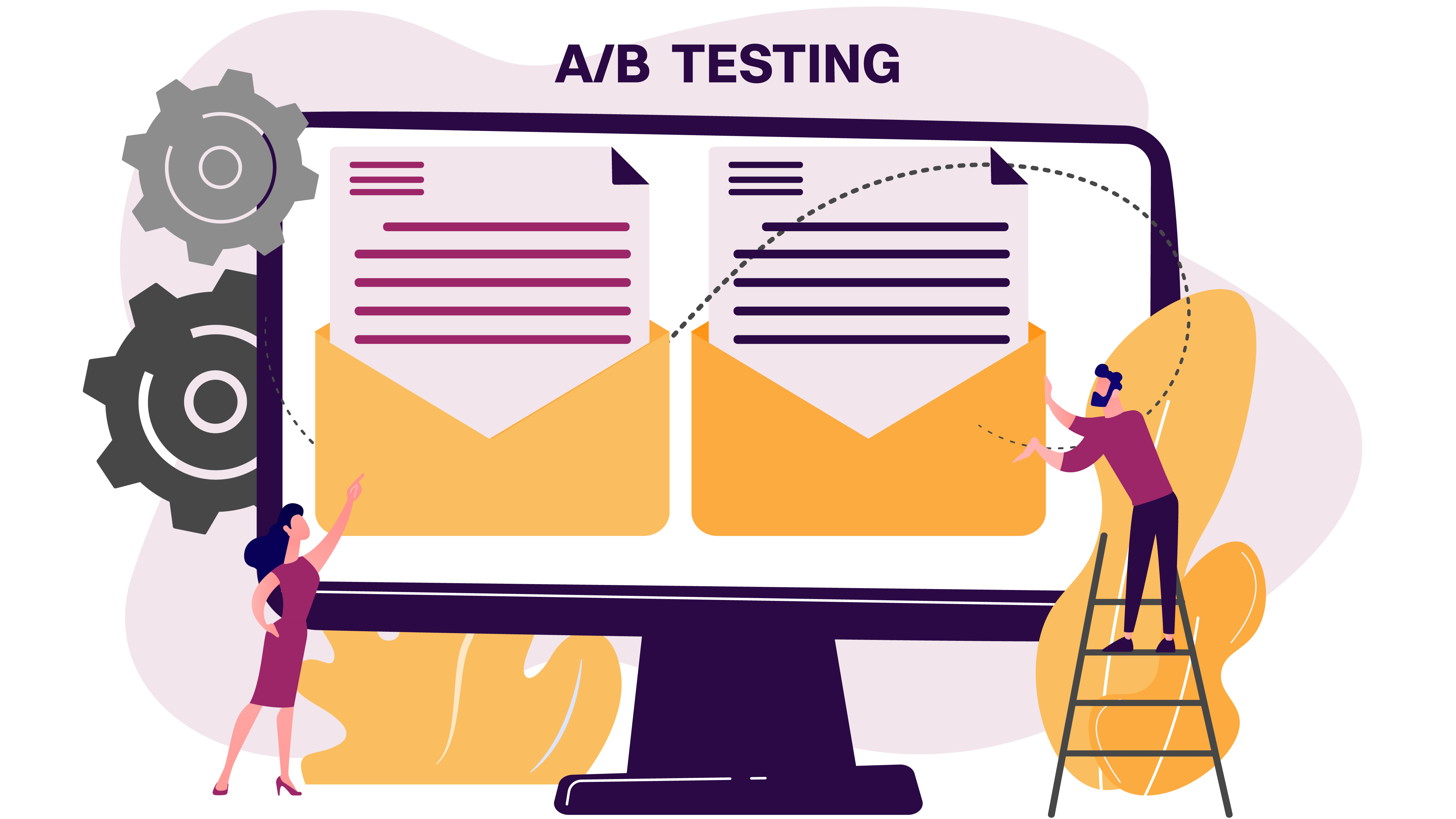A/B testing is a powerful method to identify the most effective personalization strategies for your email campaigns. By comparing different approaches, you can determine which personalization techniques resonate best with your audience. Here’s how to use A/B testing to optimize your email personalization.
Setting Up Your A/B Test
Define Your Goals
Start by setting clear goals for your A/B test. Decide what aspect of personalization you want to optimize, such as subject lines, content, or CTAs. Your goals will guide the design of your test and help measure its success.
Choose Personalization Variables
Identify the personalization elements you want to test. Common variables include:
- Subject Lines: Test different personalized subject lines to see which drives higher open rates.
- Content: Experiment with personalized content based on user behavior, preferences, or demographics.
- CTAs: Try different personalized CTAs to determine which prompts more clicks and conversions.
Segment Your Audience
Divide your email list into segments to test different personalization approaches. Ensure that the segments are similar in size and characteristics to obtain reliable results.
Designing the A/B Test
Create Variations
Develop two or more versions of your email with different personalization elements. For example, one version might use personalized subject lines, while another might focus on personalized content.
Implement Tracking
Use tracking tools to measure key metrics such as open rates, click-through rates, and conversion rates for each variation. This data will help you understand which personalization approach is most effective.
Send Emails
Send the different versions of your email to your segmented audience. Ensure that the emails are delivered at the same time and under similar conditions to ensure a fair test.
Analyzing A/B Test Results
Evaluate Performance Metrics
Analyze the performance of each email version based on your defined goals. Compare open rates, click-through rates, and conversion rates to determine which personalization approach was most effective.
Identify Trends
Look for patterns in the data to understand which personalization elements had the most impact. For example, you might find that personalized subject lines significantly increase open rates, while personalized content drives higher engagement.
Implement Findings
Apply the insights gained from your A/B test to refine your personalization strategies. Use the successful elements to enhance future email campaigns and improve overall performance.
Best Practices for A/B Testing Personalization
Test One Variable at a Time
To accurately measure the impact of personalization, test one variable at a time. This approach helps isolate the effect of each personalization element and provides clearer insights.
Ensure Statistical Significance
Ensure that your test has a large enough sample size to achieve statistically significant results. This will help ensure that your findings are reliable and not due to chance.
Continuously Test and Refine
A/B testing is an ongoing process. Continuously test new personalization approaches and refine your strategies based on the latest data and trends.
Using A/B testing to determine the best personalization approach for your emails involves defining goals, choosing variables, and analyzing performance metrics. By testing different personalization elements and evaluating their impact, you can optimize your email campaigns to better engage your audience and achieve your marketing objectives.






















.jpg)
